- Rides and handles well
- Smart auto hides the torque deficit
- Punchy sound system
- Handling let down by cheap tyres
- Sombre cabin
- Very thirsty around town
Looking at the past, present and future of the 2020 Hyundai Tucson shows the leaps and bounds the Korean brand has made and in such a short space of time. In 2004, the Tucson was a humble family car with little care for flashy design or high-tech gadgets. Locally, that model and nameplate was replaced in 2010 by the edgy ix35 – a much more ambitious SUV that introduced Hyundai’s “Fluidic Sculpture” design language to the world in a bid to take on more coveted rivals.
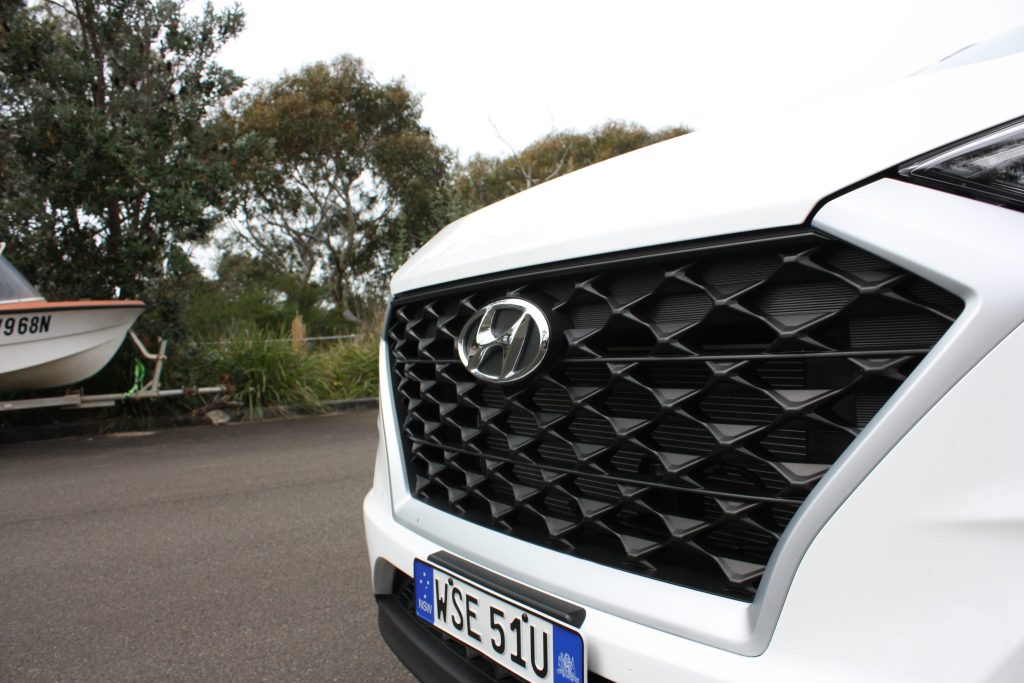
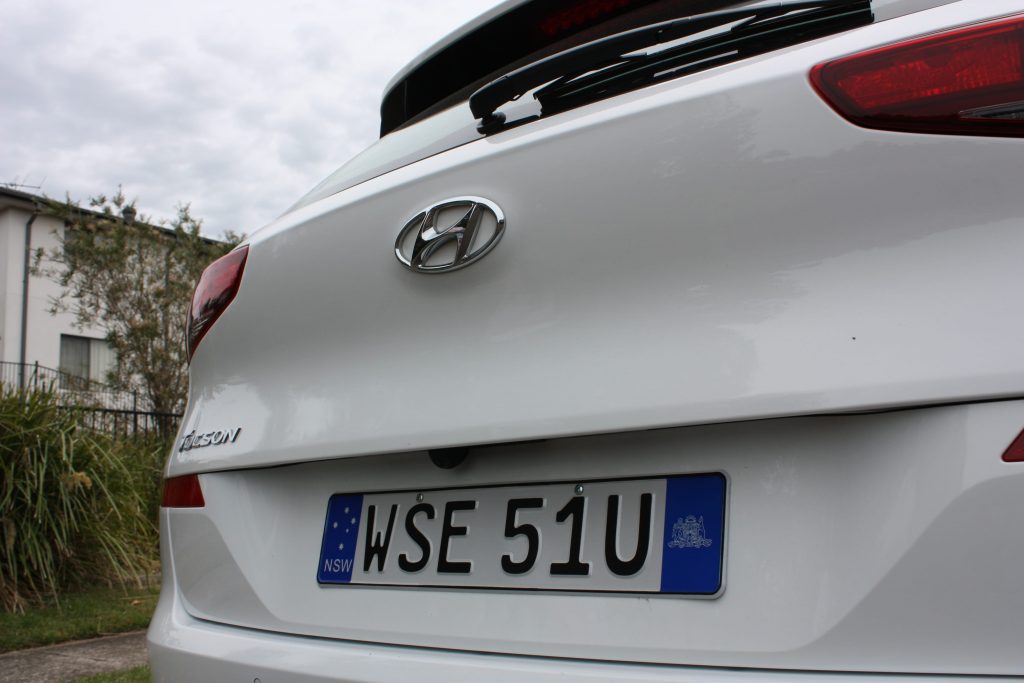
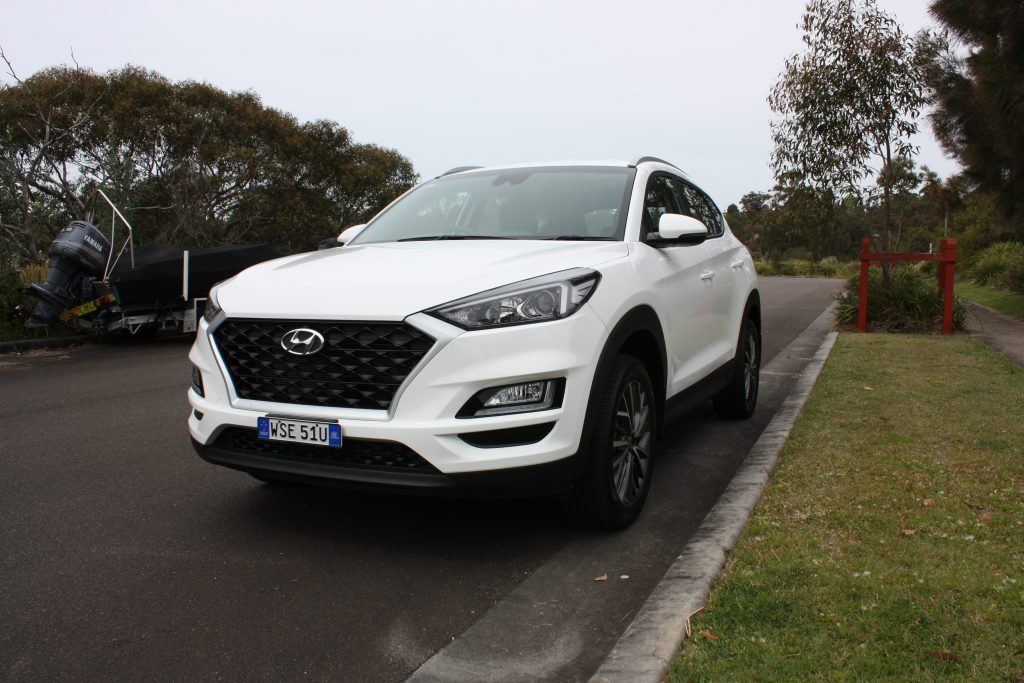
The all-new Tucson due in the first half of next year might also sport a radical new design, but there’s a middle child quietly sandwiched between the two louder, more outgoing siblings – that middle child being the current generation, which debuted in 2015 with a design that was intended to be more modern and premium than its predecessor. We test the 2020 Hyundai Tucson to see if its conservative approach has helped the Tucson age more gracefully or if it’s been left behind by the competition.
Price & Specs: 8.0/10
Just earlier this year, the 2020 Hyundai Tucson range was updated to bolster the standard equipment, including the addition of life-saving autonomous emergency braking (AEB) on all automatic-equipped Tucsons, along with a slight price rise. The Active kicks off the range with a FWD 2.0-litre manual from $29,290 plus on-road costs and tops out at the $48,800 diesel Highlander.
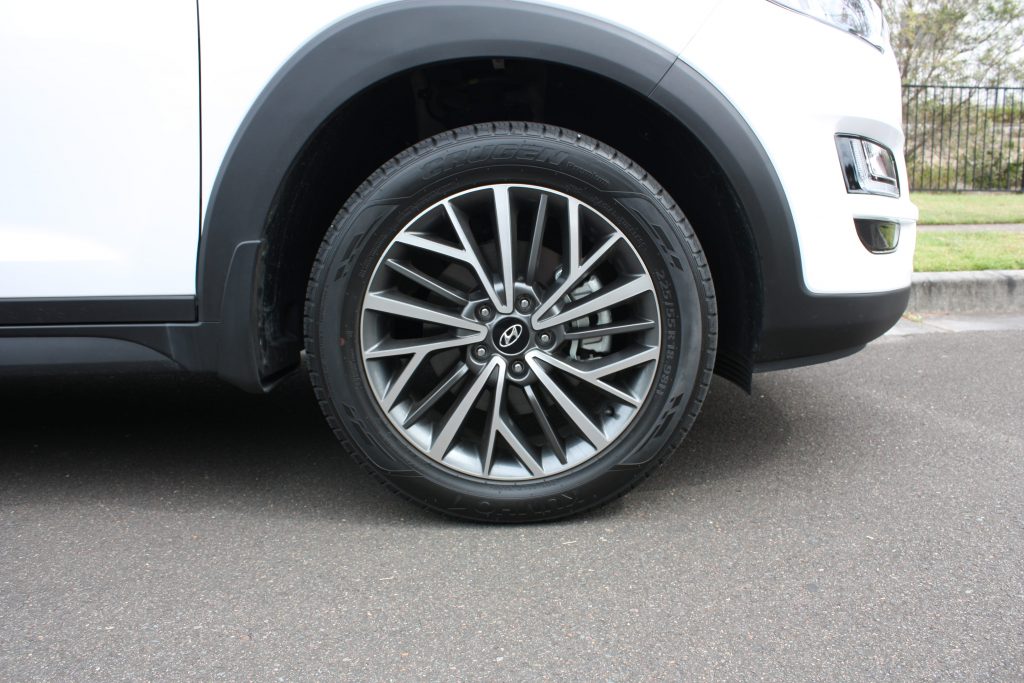
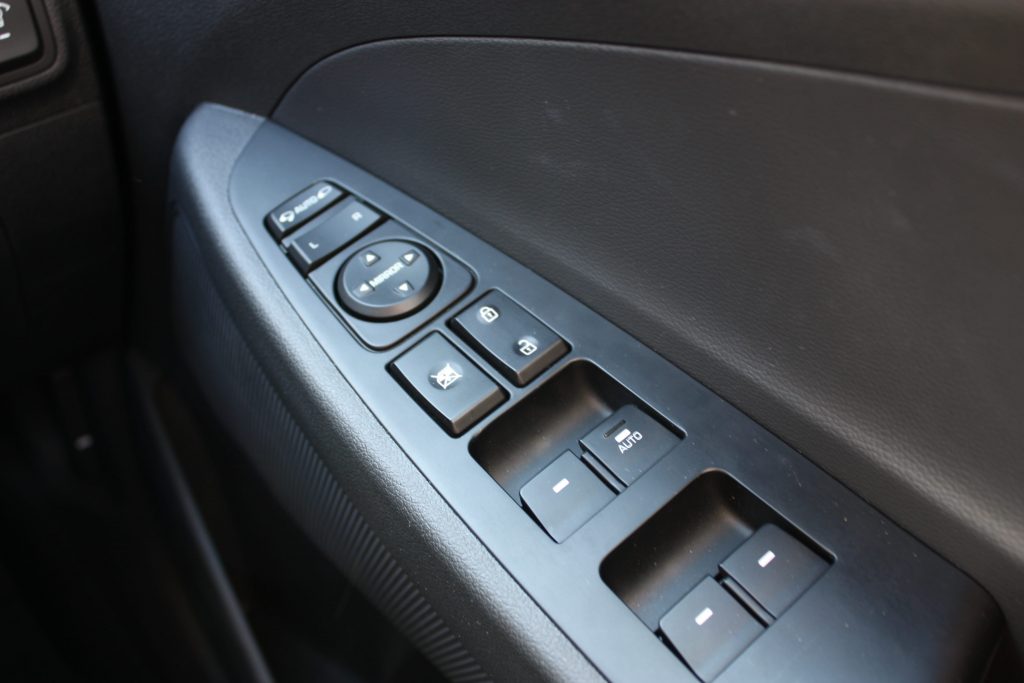
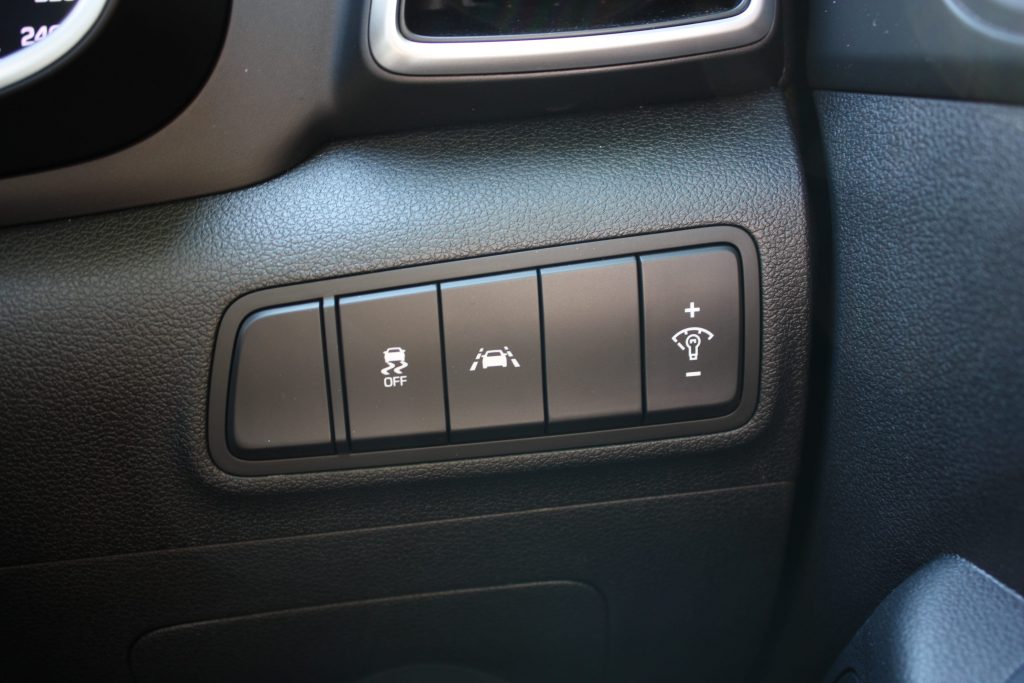
Our test car is the popular Active X variant, which strikes a convincing balance of value for money and equipment at $32,990 for the manual or $34,990 for the automatic. Standard kit includes a 8.0-inch infotainment touchscreen with DAB+ digital radio, built-in satellite navigation, Apple CarPlay and Android Auto, leather upholstery, leather steering wheel and gear knob, 18-inch alloy wheels, rear parking sensors, front and rear fog-lights, LED daytime-running lights, cruise control, automatic headlights, and automatic folding mirrors.
Special shoutout to the Infinity eight-speaker premium sound system, which might not be the last word in audio quality, but is punchy enough and nice to have considering most carmakers reserve premium audio for the top of the range. Another interesting spec highlight is the ability to opt for a beige interior for $295. For those who are willing to put in a bit of extra work to keep those seats clean, we say do it.
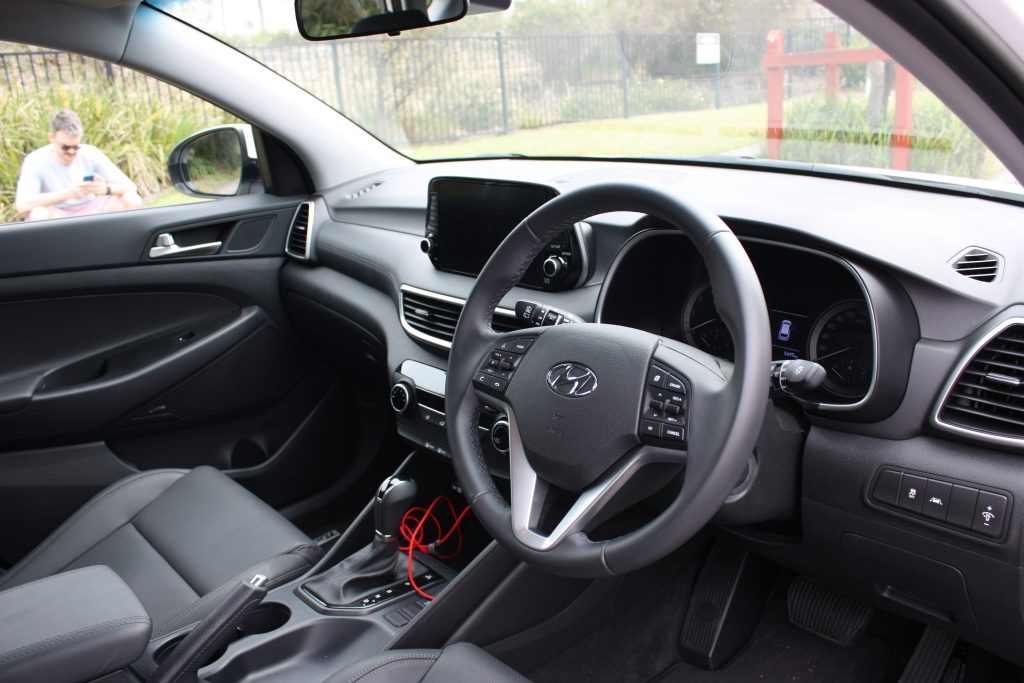
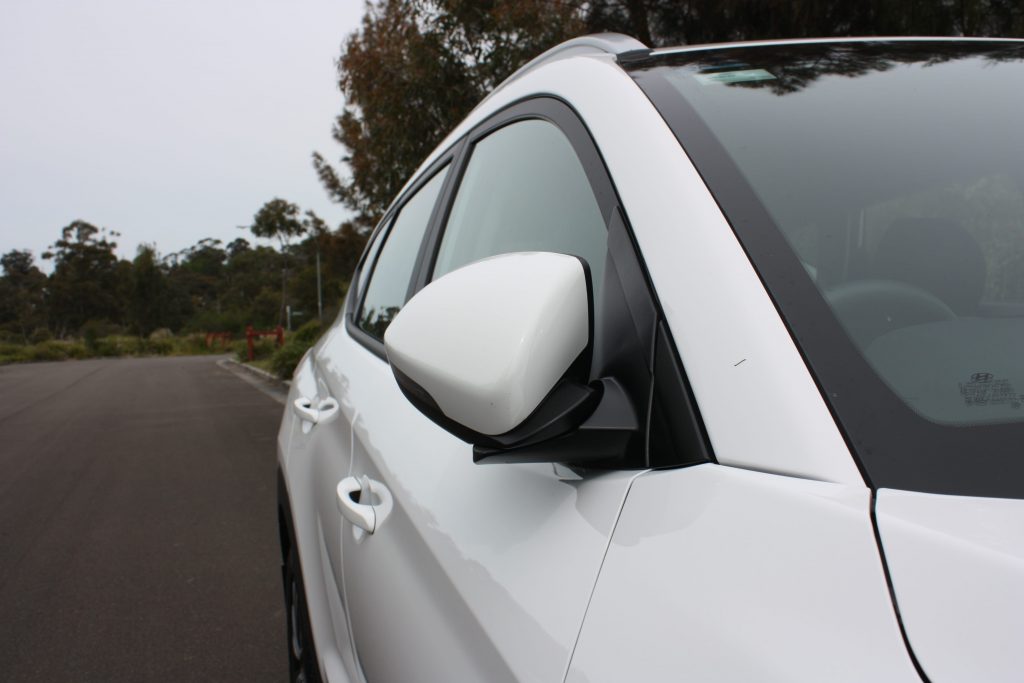
As mentioned above, the 2020 Hyundai Tucson recently gained camera-based (city speed) autonomous emergency braking, driver attention warning and lane-keep assist as standard equipment (it was previously optional) but those wanting high-speed AEB with pedestrian detection, radar cruise, blind spot warning and rear cross-traffic alert will need to climb further up the Tucson ladder. It is disappointing that manual drivers are left without any form of AEB.
SUV shoppers looking at other sensible options might consider the Toyota RAV4 GX or the Tucson’s twin – the Kia Sportage SX. The RAV4 pips both with its full array of active safety tech despite costing less than the Tucson at $34,695, if slightly more than the $33,090 Kia Sportage SX automatic.
Performance & Economy: 7.0/10
The 2020 Hyundai Tucson Active X can be had with a choice of two engines – a 2.0-litre naturally-aspirated four-cylinder petrol engine that can be had with either a six-speed automatic or manual transmission or, for an extra $7,000, you can have a 2.0-litre turbodiesel that’s paired exclusively to an eight-speed automatic – the oiler is also all-wheel drive. It’s no surprise that the hefty surcharge means few will opt for the diesel in this spec.
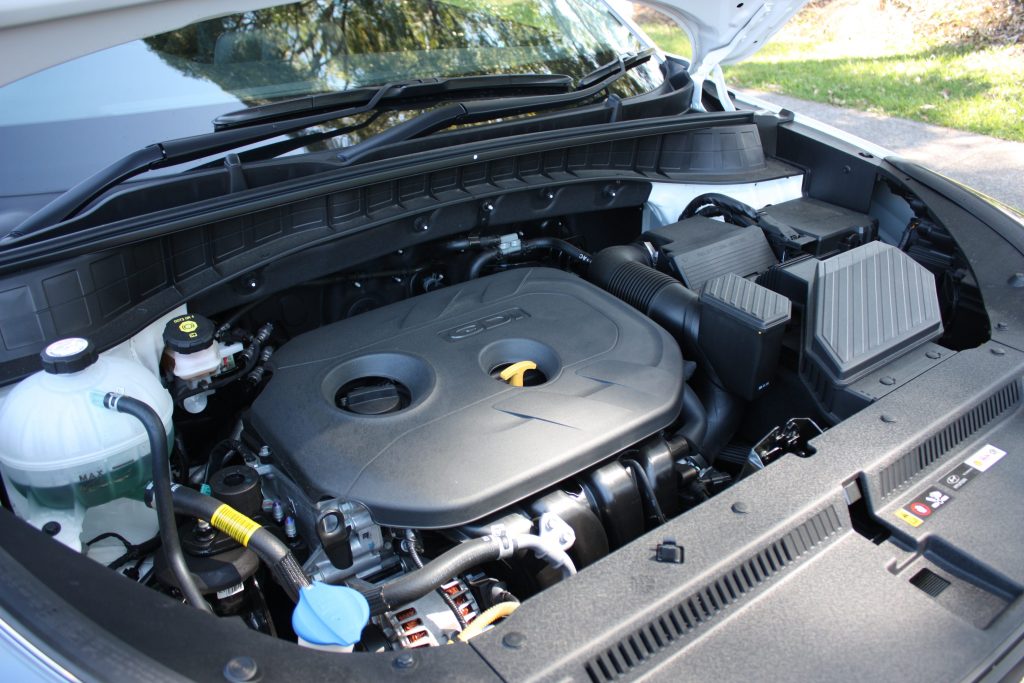
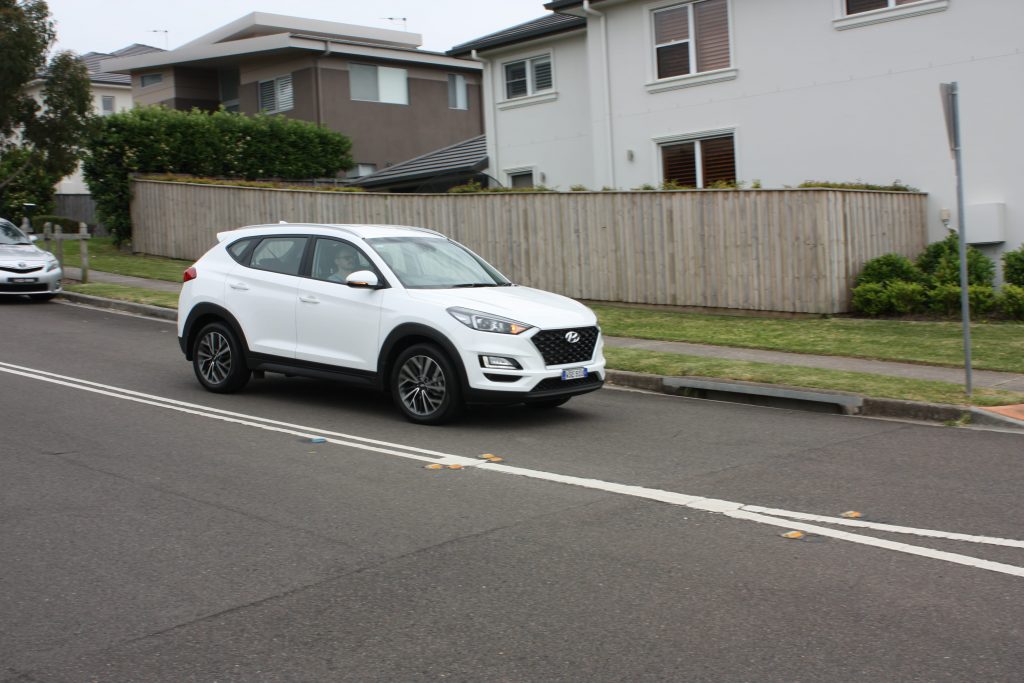
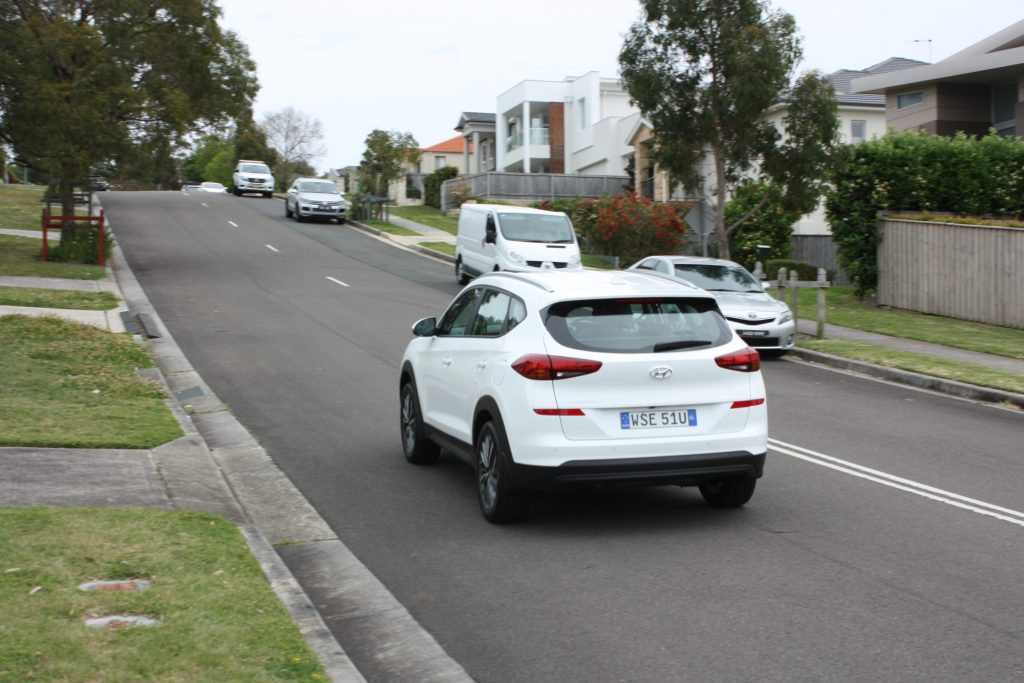
Our test car went the petrol automatic route, offering 122kW of power and 205Nm of torque. Those aren’t exactly bad figures and the Tucson gets up and goes with reasonable ‘oomph’, but the lack of torque is felt as you pack the car with precious cargo. The six-speeder is a reasonably clever unit, but it is constantly working to compensate for the lack of torque by dropping ratios, which in turn makes for a noisy driving experience and hurting economy. It keeps the mid-sized SUV on the boil, anticipating gear changes and even downshifting on hard braking or downhill. Best of all, being a traditional torque converter, it manages stop and go traffic with aplomb.
“The six-speeder isn’t a bad unit, but it constantly has to compensate for the lack of torque by dropping ratios which makes for a noisy driving experience and hurting economy.”
Unfortunately, that hard-working engine seriously hurts economy, with our Tucson averaging a monstrous 11.5L/100km in mostly urban conditions. The lack of modern fuel-saving technology is really felt in the Tucson and, unless you’re planning on spending a lot of time on the motorway, don’t expect anything close to the claimed figure of 7.9L/100km.
The Kia Sportage’s 114kW/192Nm 2.0-litre multi-point injection petrol engine can’t quite match the Tucson’s direct-injection unit but the 2.0-litre RAV4 GX beats it for power (with 127kW/203Nm) but also claims to use less fuel with a combined rating of 6.5L/100km.
Ride & Handling: 8.0/10
It’s a modern Hyundai so, yes, it’s better than you’d expect from a humble family SUV with zero sporty pretensions. Initially, the ride has a firm edge but spend a bit more time with it and you’ll quickly come to appreciate how well it recovers from big hits and irons out smaller imperfections. Even the steering is weighted well – light enough to make navigating carparks a breeze but well weighted and predictable enough to provide you with confidence.
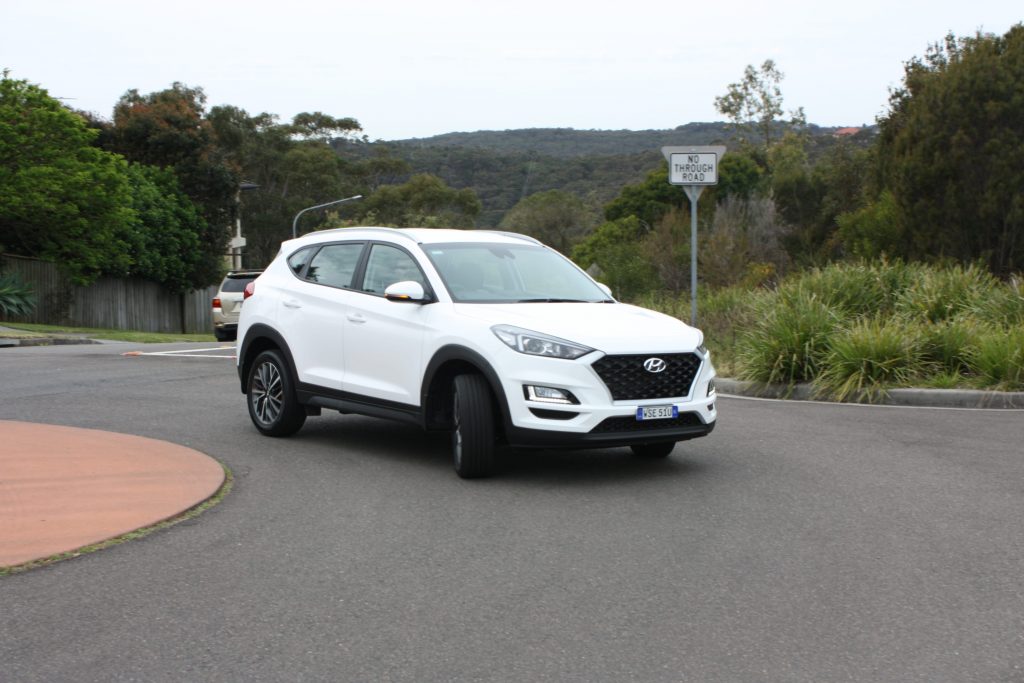
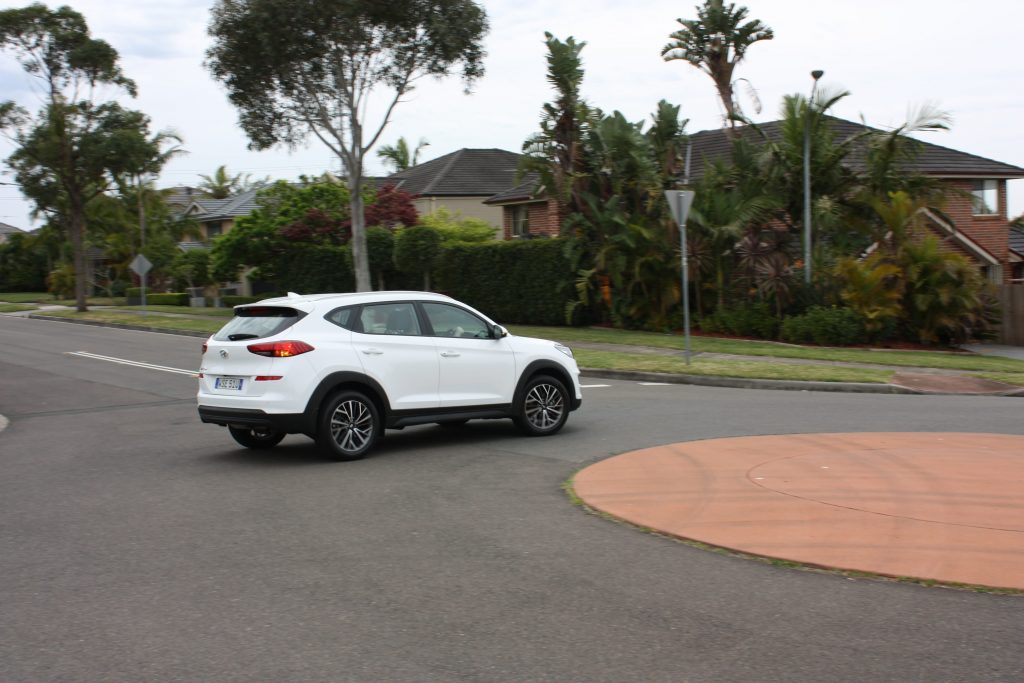
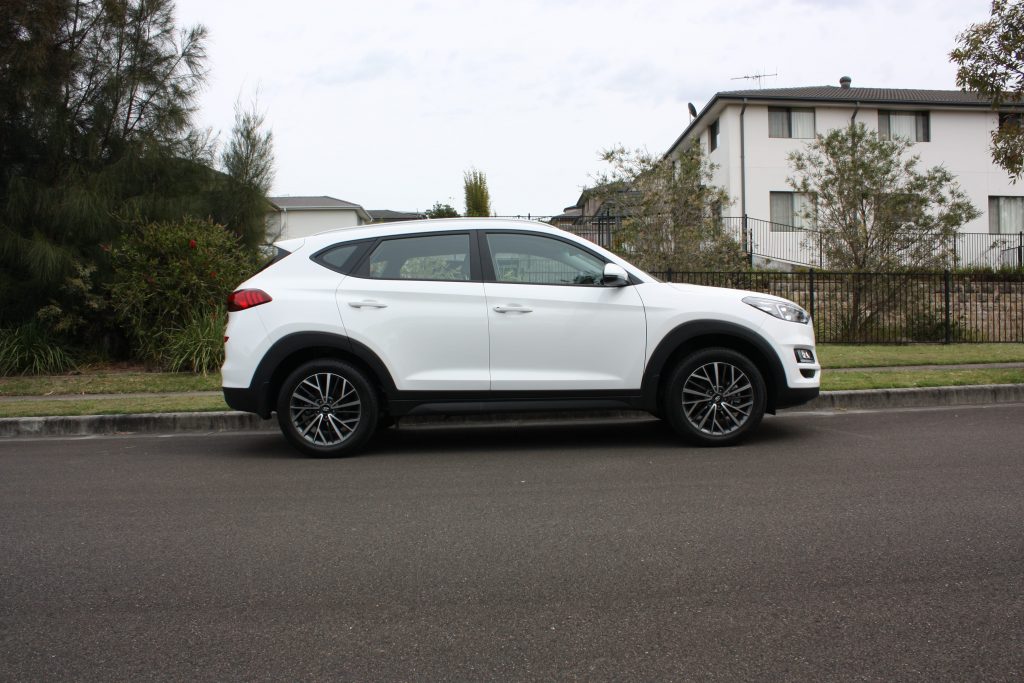
Pushing it harder also reveals a well-balanced suspension setup that remains pleasantly neutral and sure-footed. The combination of composed body control and keen steering means the humble 2020 Hyundai Tucson can actually be engaging should you find the right roads. If anything, the cheap tyres are he weakest link – with more tyre roar than seems reasonable and little grip. This is exacerbated in the wet or when the weight is shifted to the back, leaving the front wheels spinning with even light applications of the throttle.
“The combination of composed body control and keen steering means the humble Tucson can actually be engaging should you find the right roads.”
Both the Sportage and RAV4 give the Tucson a run for its money in terms of handling, which speaks volumes for how far SUVs have come compared to their boat-like forebears. In saying that, the RAV4 edges the Tucson with a slightly more supple ride.
Interior & Practicality: 7.0/10
The design ethos for the 2020 Hyundai Tuscon is very much a case of less is more, and that is again reflected inside the cabin. The midlife update saw a redesigned dash that was aimed to increase levels of perceived quality via the usual array of stitched leather and a tablet-like infotainment screen plonked on top. Unfortunately, that’s about it for design flourishes as the rest of the interior is rather dire in Active X spec – with lots of a black plastic surfaces and not much else. On the plus side, there are soft plastics on the dash and front doors (par for the course in this segment) and it all feels drum tight.
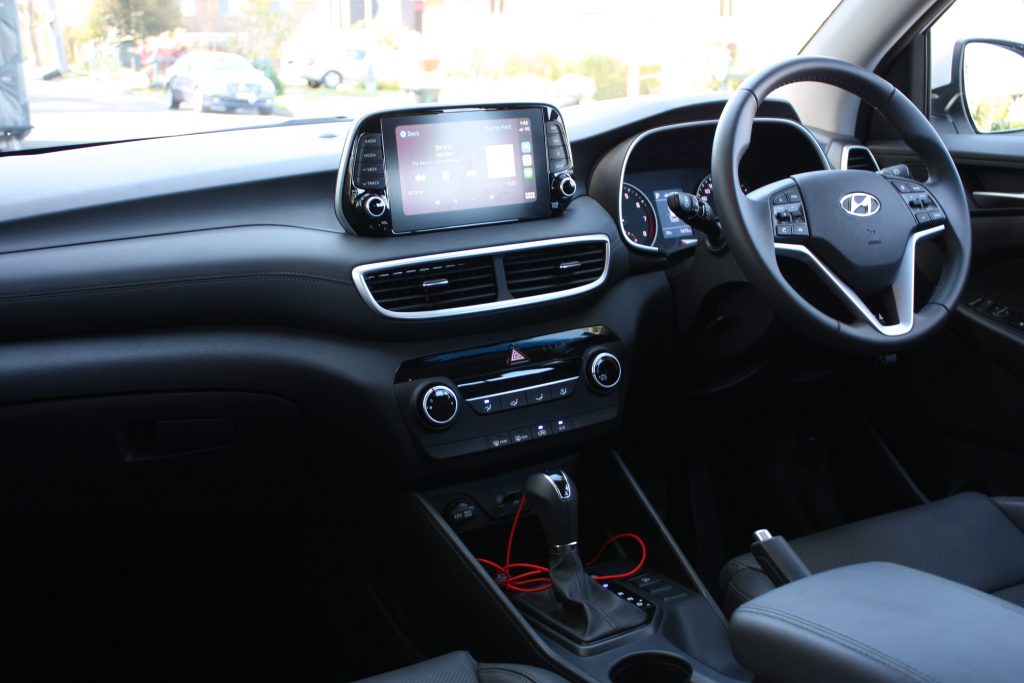
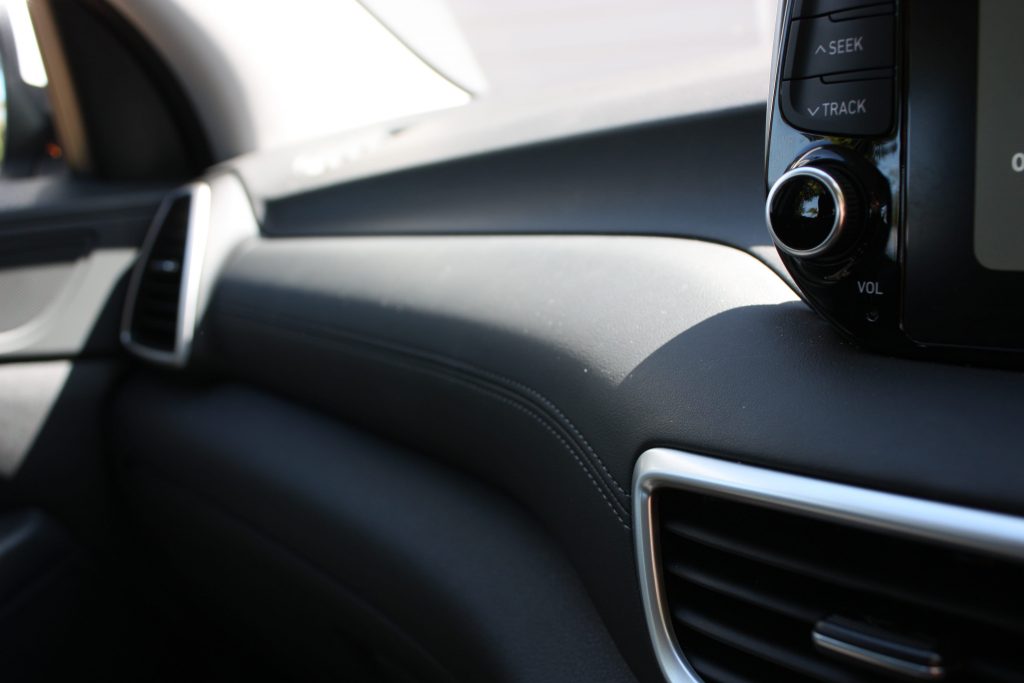
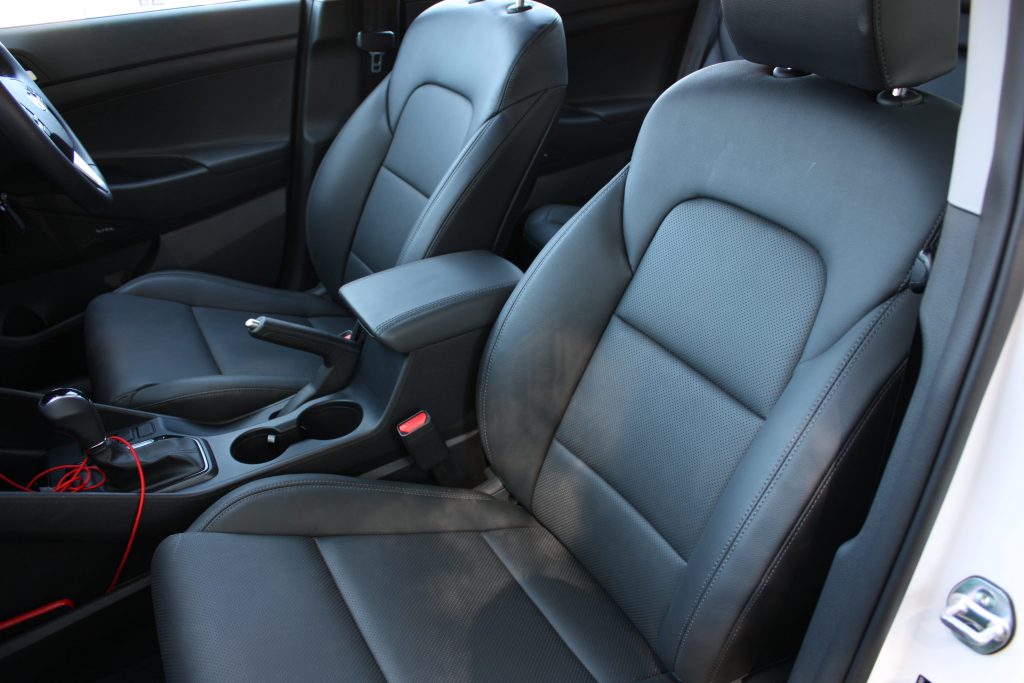
Cost cutting is evident in the Active X through the lack of push-button start, an electronic handbrake, a myriad of blank buttons and the absence of automatic climate control but at least everything is highly intuitive to use. You don’t have to spend any time getting familiar with the Tucson, you just hop in and it all makes sense. Even smaller details make driving the Tucson second nature – like when you turn off the lane-keep assist, it doesn’t turn back on the next time you restart the car.
“Cost cutting is evident in the Active X through the lack of push-button start, an electronic handbrake, a myriad of blank buttons and the absence of automatic climate control but at least everything is highly intuitive to use.”
On board tech is modest with traditional dials flanking a monochromic digital display and an 8.0-inch infotainment touchscreen with handy shortcut keys on the bezel. The latter is decently sufficient without being as indulgently high-resolution as Hyundai-Kia’s newer 10.25-inch unit. It’s bright, colourful, clear and it also supports Apple CarPlay and Android Auto – future proofing the system for years to come. Connection is made through one of two USB points up front (but don’t expect a wireless charger) and your back-seat passengers can fight over the single USB port there.
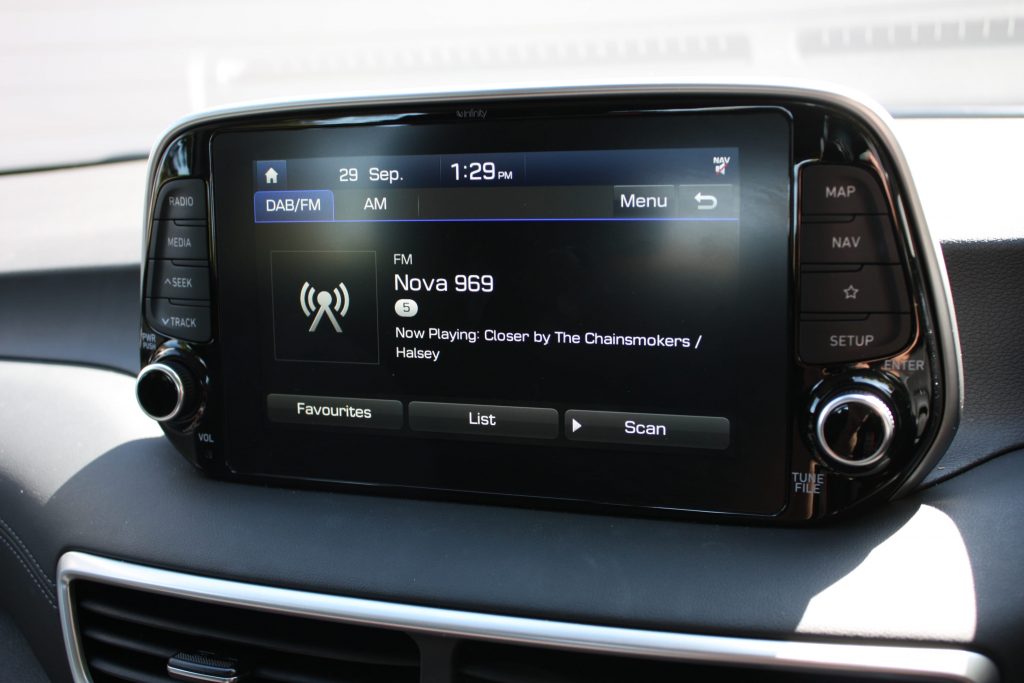
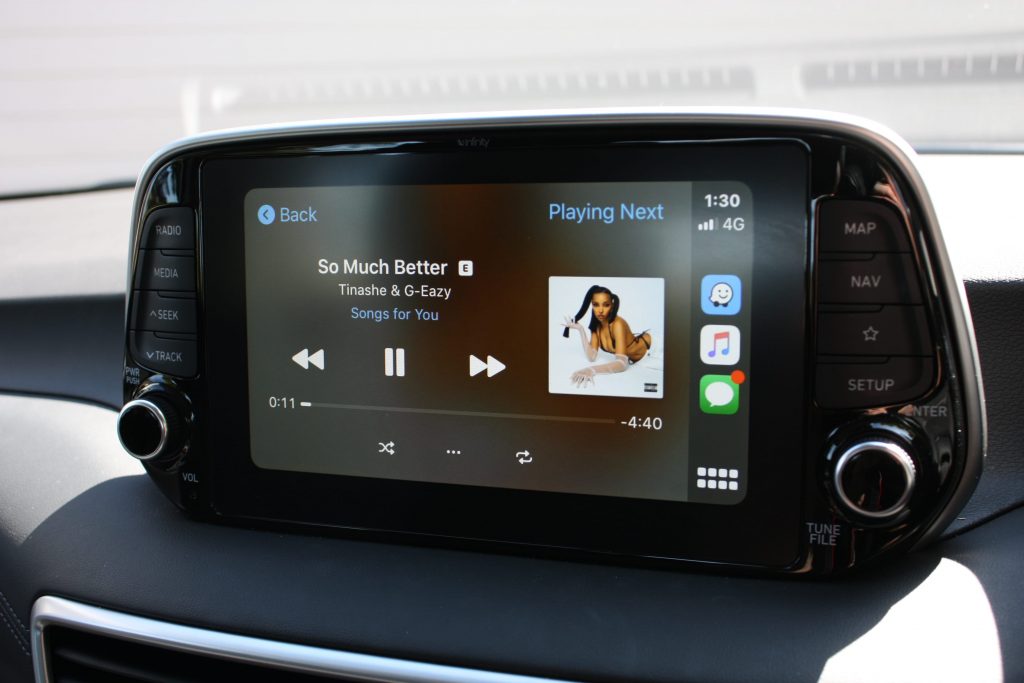
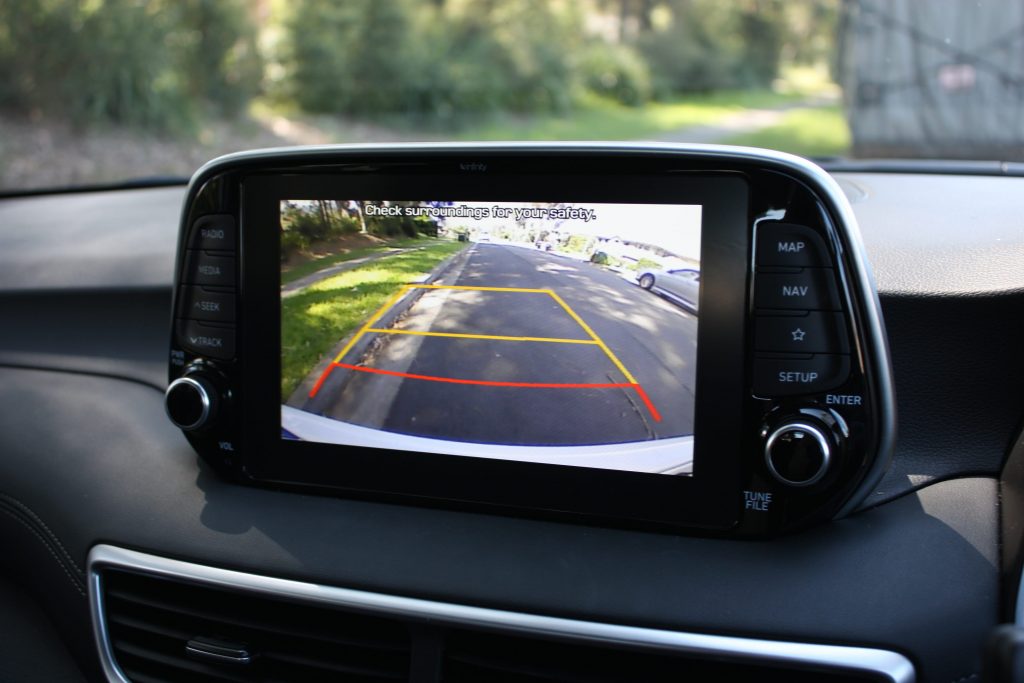
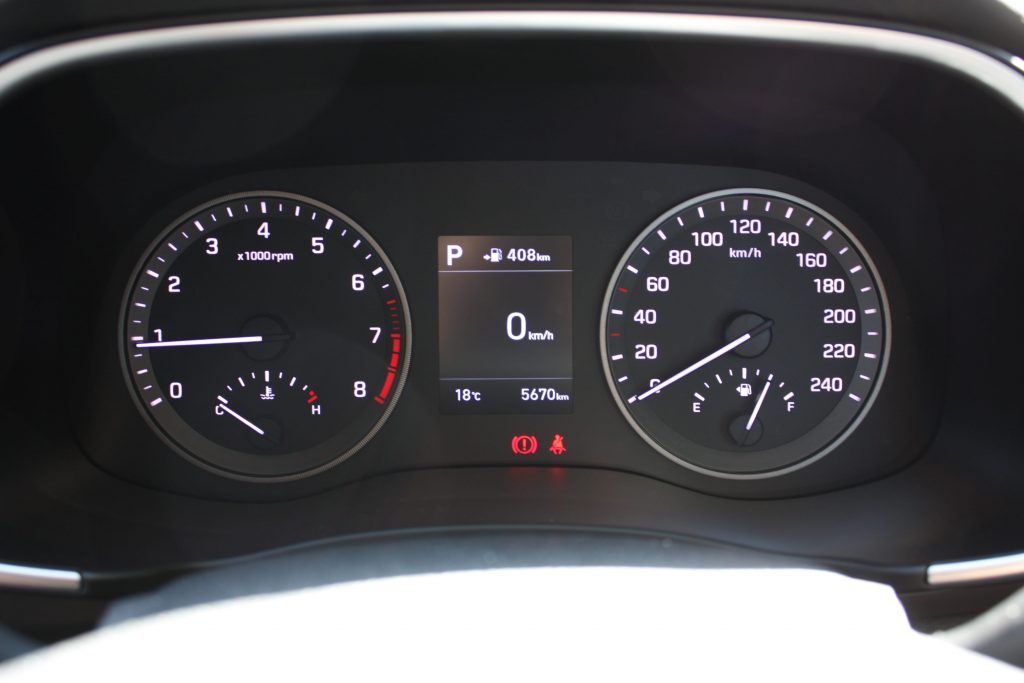
Speaking of the back seat, that single USB point and a fold down armrest are all you’re getting at this price point. No luxuries like air vents or soft plastics on those doors are anywhere in sight. Legroom and knee room is good enough for most adults but squeezing three across for long periods of time would be plain mean. The boot shows off another area of restraint – offering a nice square space that totals up to 488L but void of hooks, false floors or levers to collapse the rear seats. Walk around to collapse those seats and you’re left with a useful 1,478L of space. Bonus points for the full-size alloy spare wheel.
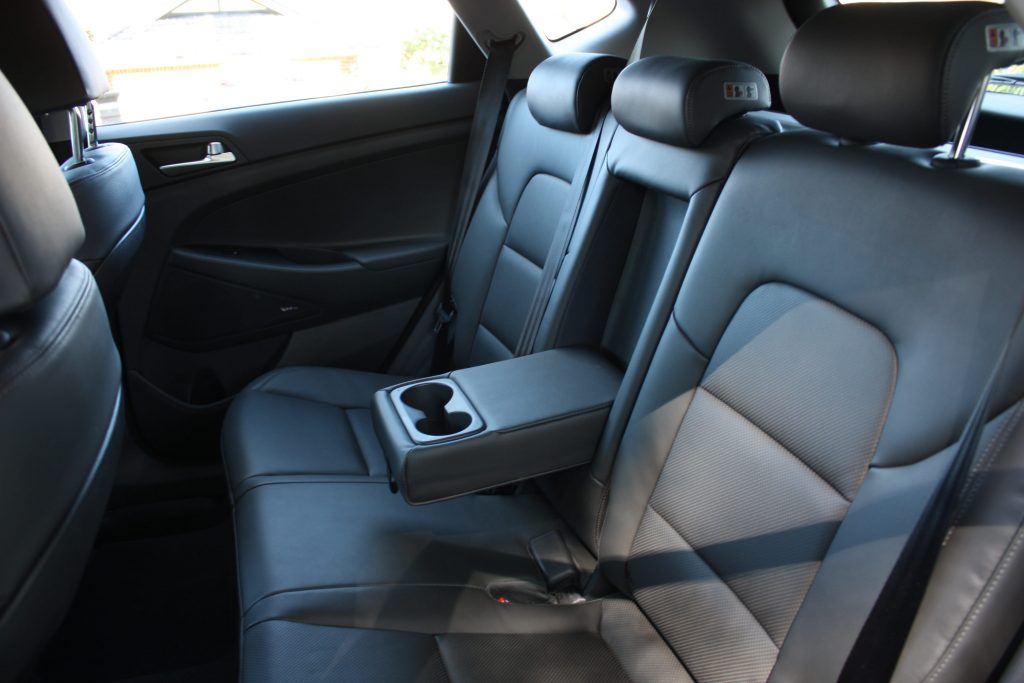
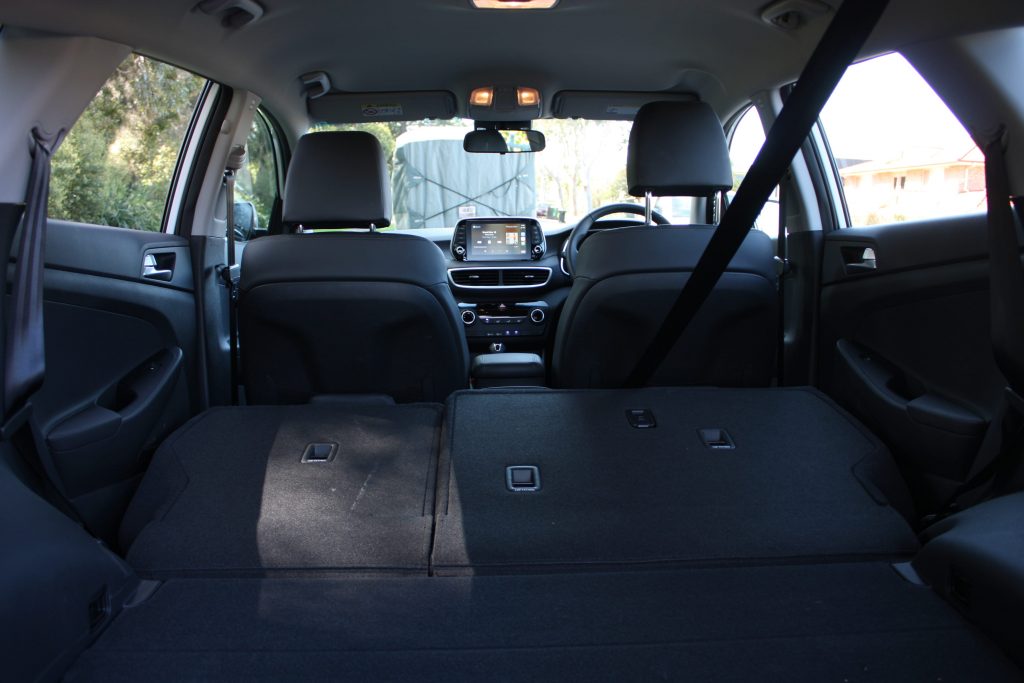
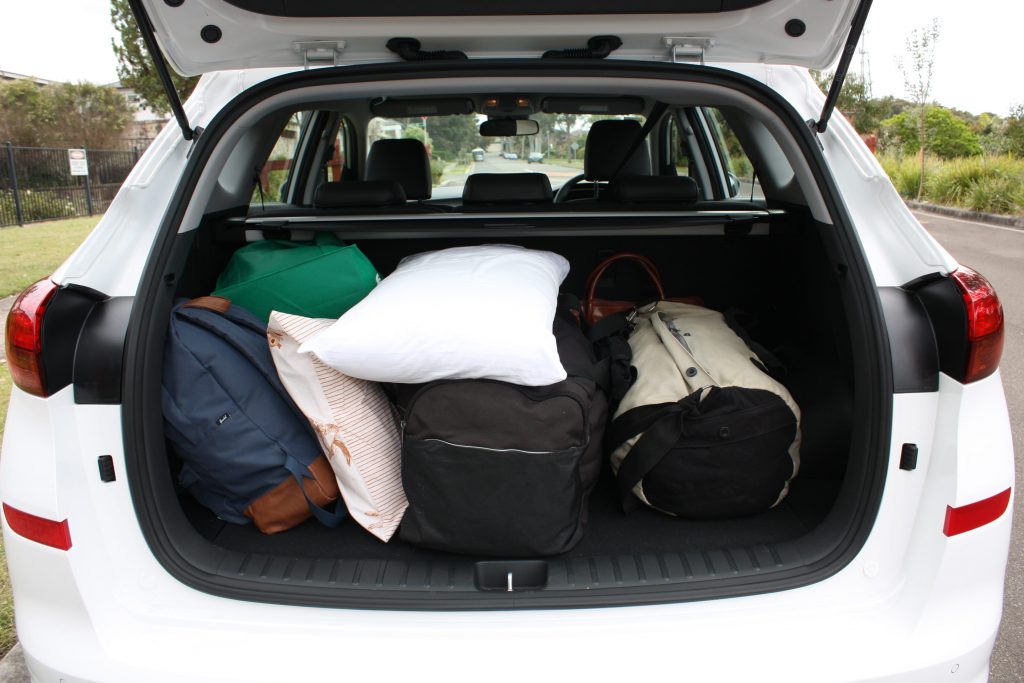
The 2020 Hyundai Tucson struggles to match both the Sportage and the much newer RAV4 for interior ambience. The Kia, while almost as long in the tooth as the Tucson, has aged better with a decidedly more upmarket-looking interior. The RAV4 on the other hand looks much fresher thanks to Toyota’s newfound design flair. It also has the roomiest interior and a huge 580L boot.
Running Costs & Warranty: 8.0/10
Those who want a reliable family car that will give them years of trouble-free motoring will no doubt appreciate the 2020 Hyundai Tucson’s simple mechanical package as well as Hyundai’s comprehensive after sales care. The five-year/unlimited kilometre warranty is good, if not industry leading, but offering lifetime capped-priced servicing on all of its models is unheard of in the Australian automative landscape.
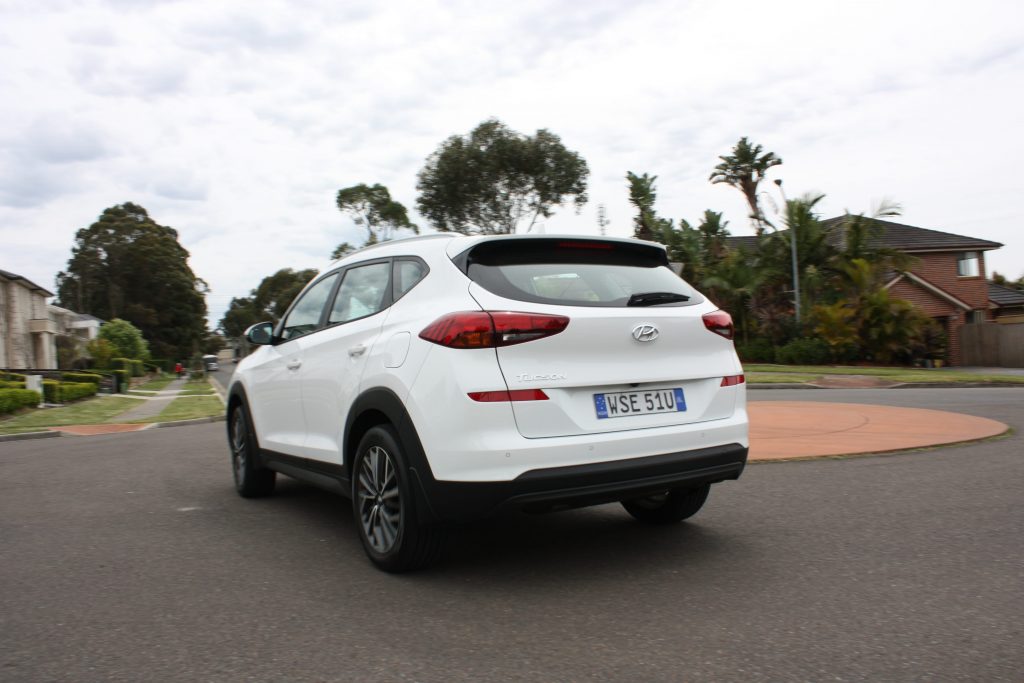
Equipped with the 2.0-litre petrol automatic, the Tucson will set you back a reasonable $1,530 over five years or 75,000km. The Kia Sportage trumps the Tucson’s warranty with its venerable seven-year/unlimited kilometre warranty and the RAV4 wins in terms of servicing costs with its incredibly cheap $215 services for the first four years.
2020 Hyundai Tuscon Active X DiscoverAuto Rating: 7.6/10
While the incoming Tucson aims to shake the midsize SUV segment with its concept car looks and upmarket interior, the current model ticks a lot of boxes without ruffling anyone’s feathers. For those wanting a reliable and reasonably-priced SUV without all the bells, whistles and garnishes some of its newer rivals offers, the 2020 Hyundai Tucson Active X makes a lot of sense.
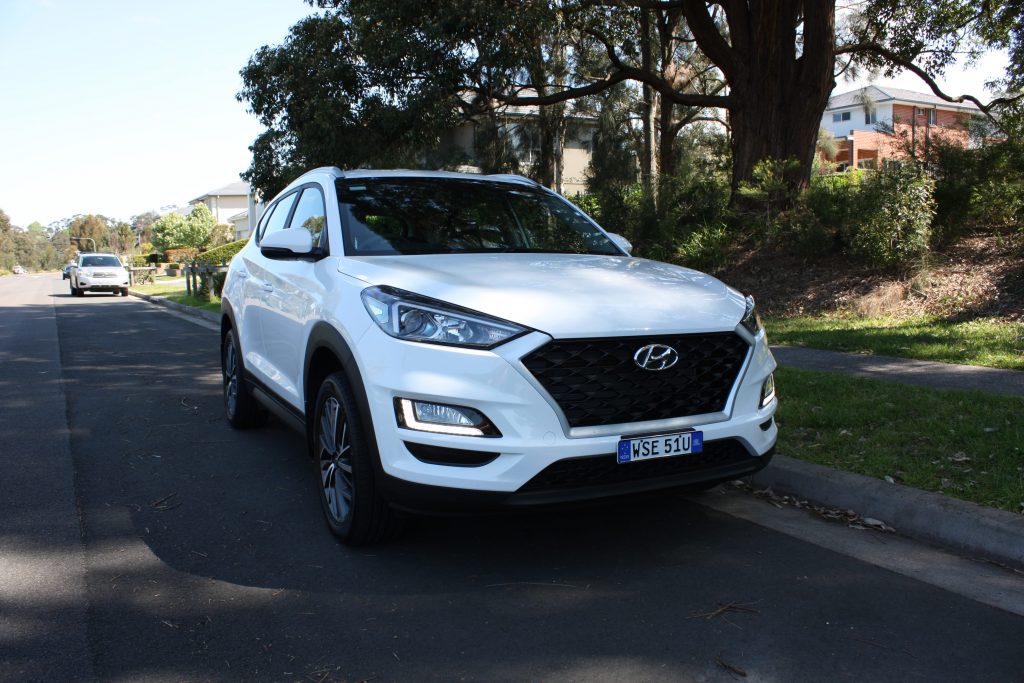
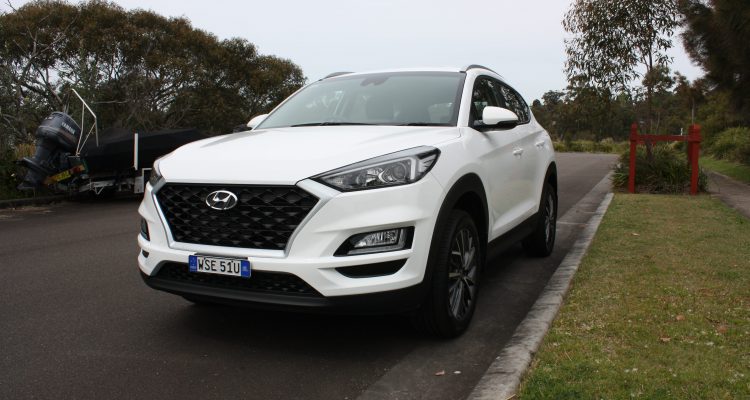
I agree with this review. We bought this car in October 2019 wanting a city car that could be economical to own and feature:
– 2litre 4 cylinder non turbo engine
– conventional auto transmission, shifter and handbrake
– full size spare that’s easy to get at
– comfy seats and good handling
– servicing by a local dealer
All good thus far